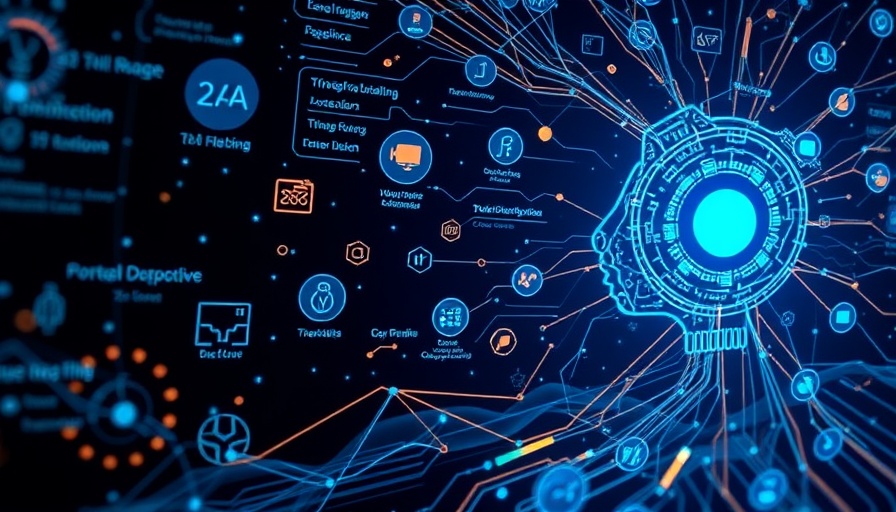
A Breakthrough in Video Technology: Meet BF-STVSR
In an era where video quality is paramount, the future looks brighter thanks to an innovative AI model developed by a research team at the University of Science and Technology (UNIST), particularly spearheaded by Professor Jaejun Yoo. This state-of-the-art system, known as BF-STVSR (Bidirectional Flow-based Spatio-Temporal Video Super-Resolution), brings major advancements to video restoration by improving both resolution and frame rate simultaneously.
The essence of video quality boils down to these two critical components. Enhanced resolution adds clarity and detail to images, while increased frame rates ensure that motion appears smooth rather than choppy. Traditional methods often tackle these aspects separately, complicating the video enhancement process and leading to errors. BF-STVSR is a game change; it leaves behind the outdated reliance on pre-trained optical flow networks and brings a more organic approach to video restoration.
How Does BF-STVSR Work?
The brilliance of BF-STVSR lies in its unique ability to learn bidirectional motion between frames, independently of external optical flow networks. By utilizing signal processing methods catered specifically to the video's distinct characteristics, the model can jointly infer object contours and motion flow. This results in a seamless enhancement that makes video playback more natural and coherent.
Test results show that applying BF-STVSR to low-resolution and low-frame-rate videos significantly outperformed existing models. This is evidenced by standard metrics such as Peak Signal-to-Noise Ratio (PSNR) and Structural Similarity Index (SSIM), which are vital indicators of video quality. Higher PSNR and SSIM mean that videos, even those with quick movements, display clear and accurate human figures and intricate details, providing an immersive viewing experience.
Practical Applications Across Multiple Sectors
The implications of this technology stretch across various fields. For instance, in security, the model can rejuvenate grainy footage captured by low-end cameras, offering invaluable clarity where it is most needed. In entertainment, BF-STVSR holds the potential to enhance compressed streaming videos, making high-quality content more accessible. Beyond these, areas like medical imaging and virtual reality also stand to benefit immensely from the capabilities of this advanced AI.
Looking Ahead: Future of Video Restoration
The convergence of artificial intelligence in video technology presents exciting opportunities and challenges. It raises questions about how machine learning can reshape not just video quality but the entertainment landscape itself. With tooling that can accurately produce high-fidelity visuals, industries like gaming, film, and virtual reality are bound to experience unprecedented advancements. As technology evolves, it will be critical to navigate ethical considerations about how AI is applied in public and private settings.
While BF-STVSR is creating a buzz, it reflects a broader trend where machine learning and AI continuously redefine the limits of innovation. In our rapidly digitizing world, understanding these technological shifts enables us to prepare for a future brimming with possibilities.
 Add Row
Add Row  Add
Add 




Write A Comment